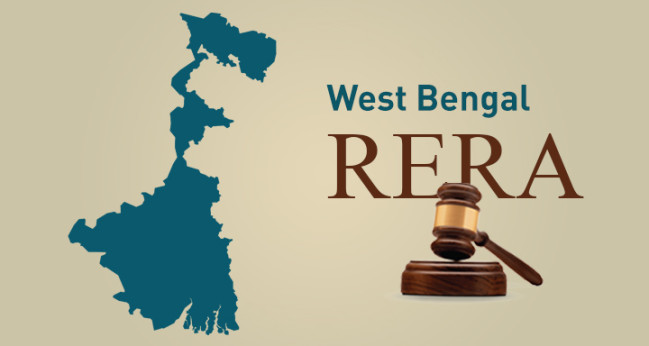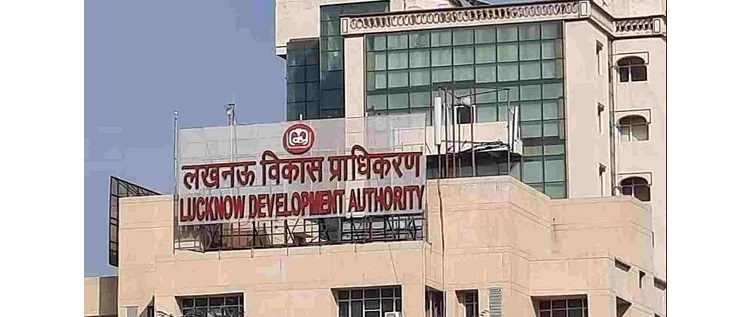E - PAPER
First National Cartographic Update In 16 Years
By mid-year, six states – Haryana, Uttarakhand, Punjab, Rajasthan, Andhra Pradesh and Karnataka – will have maps 100 times more detailed than existing ones. And by the end of the year, the Survey of India (SOI) will wrap up the first leg of its project to create high-
 BY
Realty Plus
BY
Realty Plus
Published - Saturday, 06 Feb, 2021

By mid-year, six states – Haryana, Uttarakhand, Punjab, Rajasthan, Andhra Pradesh and Karnataka – will have maps 100 times more detailed than existing ones. And by the end of the year, the Survey of India (SOI) will wrap up the first leg of its project to create high-resolution maps for nine states in the first national cartographic update in 16 years.
“By June, we expect to map six states. Three others, we hope to map by the end of the year,” former Surveyor General of India Lt Gen Girish Kumar (retired), who has been overseeing the project, said. The latter includes Madhya Pradesh, Uttar Pradesh and Maharashtra. About 23,000 villages have been covered so far. The project will cover all states eventually but timelines have been difficult to estimate for the rest because of the Covid-induced gap in operations.
After Independence, official maps in India used a 1:63,000 scale (1cm on the map represented 630m on the ground) for a few years. In 1958, the scale was tightened to 1:50,000. Now, after all these years, the scale will be sharpened further to 1:500, a straight 100-fold increase in detail.
And it comes with a massive technology upgrade. So far, SOI had been using Cartosat satellites and optical devices mounted on aircraft to capture images and develop maps – those could only capture objects larger than 100m x 100m in size. Now, SOI has switched to drone-based mapping and optical airborne high-resolution satellite imagery. “We had 180 optical drones and have ordered 300 more,” Kumar said. The new maps can capture objects as small as 1m x 1m.
It means that official maps will show everything from houses to offices and, for instance, the smallest landmark in a remote village. How would it be different from Google Maps then? “We are accountable by law. Google Maps can’t be used in a legal dispute. Besides, positional accuracy is not guaranteed by digital maps.
The last topographical survey of India was completed in 2005. That database is still being used by all government agencies – the National Highways Authority of India, the Archaeological Survey of India, Census of India, mining, defence, and so on. An SOI official said the update is important because it will help address inter-state border disputes, flood forecasting, rural property rights, urban planning, public asset management and commercial activities around natural formations like rivers, drains, mountains or deserts.
“The focus will be dispute resolution and creation of land record databases under our programme Svamitva,” said secretary, department of science and technology secretary, Ashutosh Sharma. Besides, security agencies, police, paramilitary forces, and strategic and border security agencies will also use these detailed maps and data.
RELATED STORY VIEW MORE
TOP STORY VIEW MORE

Mixed Outlook for Australia's Housing Sector In 2024
Mixed Outlook for Australia's Housing Sector In 2024
05 December, 2024NEWS LETTER
Subscribe for our news letter
E - PAPER
-

CURRENT MONTH 
LAST MONTH














